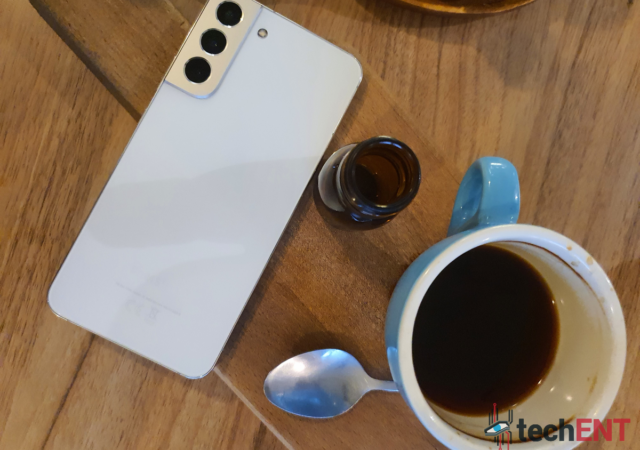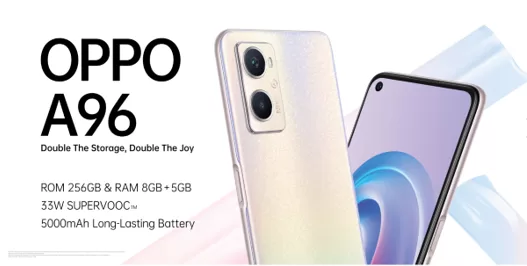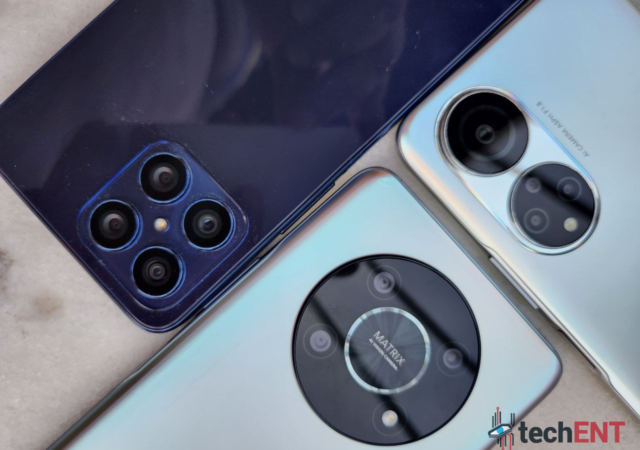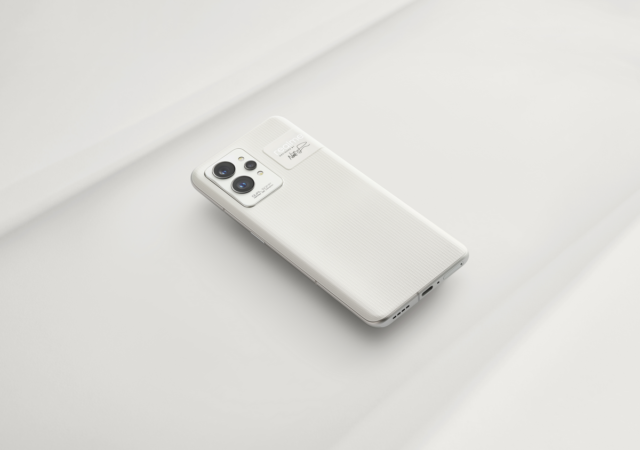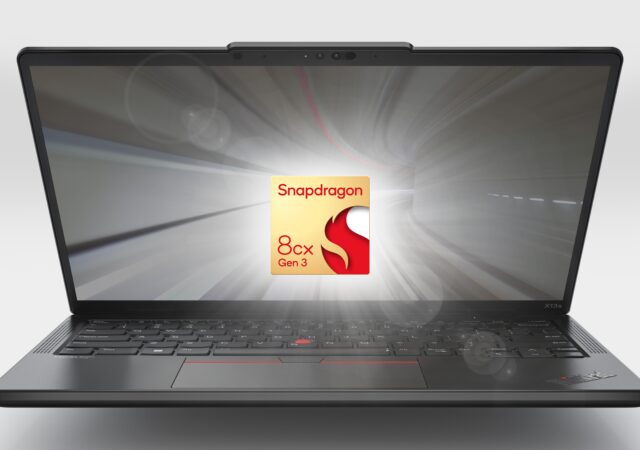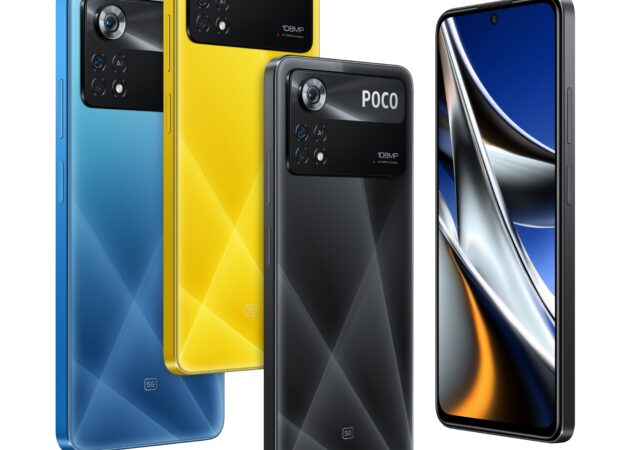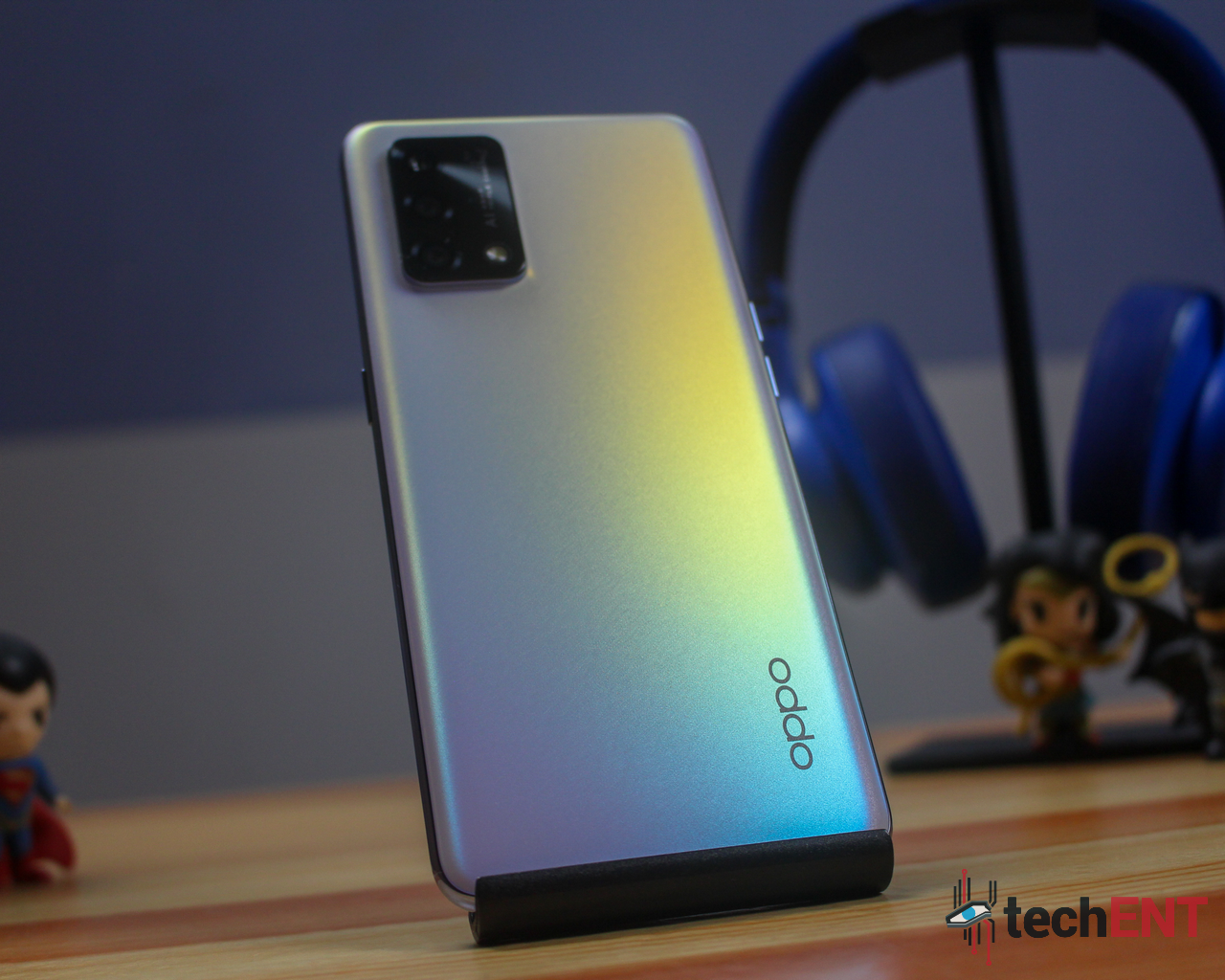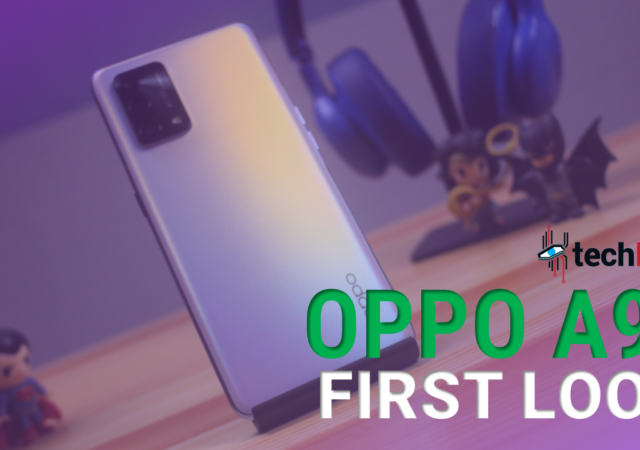Samsung’s Galaxy S22+ is one of their latest flagships on the market and brings their latest and greatest for everyone, but is it worth your money?
OPPO A96 with 256GB Launches in Malaysia for MYR 1,299! Hands-On the OPPO A96
OPPO launches their new entry-level A-Series device, the OPPO A96 with up to 256GB of storage with 8GB of RAM. Retails for MYR 1,299.
The HONOR X series Returns with Three New Entries
The HONOR X series makes a return with three new devices powered by the Qualcomm Snapdragon processors!
Realme GT 2 Pro Makes Its Malaysian Debut
Realme has made a name for itself by offering affordable smartphones. However, the company has been uncompromising when it comes to features and value in its offerings with smartphones like the recently released Realme 9 series. That said, Realme is…
[MWC 2022] The Lenovo ThinkPad X13s – Snapdragon Inside
Lenovo took part in MWC 2022 and launched the Snapdragon based ThinkPad X13s running Windows 11 Pro, the first in Lenovo’s PC line-up.
[MWC 2022] POCO Launches the New X4 Pro 5G! Coming to Malaysia Very Soon for MYR 1,199 Onward!
POCO appeared in MWC 2022! They launched a new budget champion too in the POCO X4 Pro 5G. Available in Malaysia at MYR 1,199 onward.
OPPO A95 In-Depth Review: Valiant Mediocrity But A Step in the Right Direction
The OPPO A95 brings along with it many signature OPPO features but they’ve been edited for their midrange offerings. Is it up to snuff? Read on to find out.
OPPO’s Reno7 Series Officially Unveiled in China
OPPO’s Reno series gets a whole new line up with the OPPO Reno7 series which reimagines the notification light and focuses on photography.
Sony Xperia Pro-I Up for Preorder in Malaysia
Sony’s Xperia Pro-I is avaialble for preorder in Malaysia! Starting 15 November 2021 until 15 December 2021, the smartphone will be available for MYR7,199.
OPPO A95 First Look & Hands-On
OPPO is about to release their new midrange hero the OPPO A95! We got a first look at the new smartphone with the Snapdragon 662!



